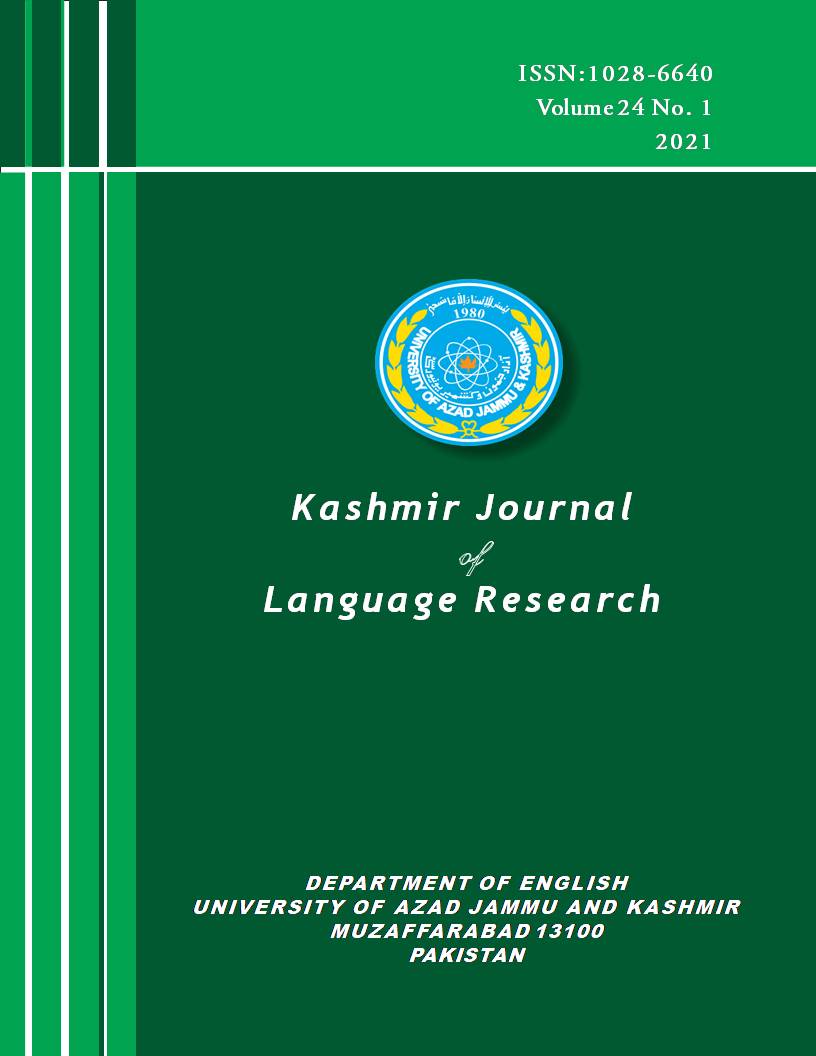Lexical and Functional Categories in Intra-sentential Code-switching
A Minimalist Explanation
Keywords:
Intra-sentential code-switching, bilingual linguistic competence, the Minimalist Program, lexical categories, functional categoriesAbstract
The study aims to account for differences in switching behavior of lexical and functional categories in intra-sentential code-switchingwithin the provisions of the Minimalist Program (Chosmky, 1995, 2000, 2001). It employs both negative and positive Urdu/English code-switching data to support the argument. The positive data examined consists of 58 sentences selected from a corpus of naturally-occurring interactions involving competent Urdu/English bilinguals. The negative data consist of judgments about the well-formedness of 88 different constructed versions of the positive data. Both positive and negative data examined demonstratethat switching of lexical categories is unconstrained whereas functional categories are not only not switched but are also invariably supplied byv-contributing lexicon; however, C, being the phase head itself, may be supplied by either of the lexicons. It is concluded that since lexical categories originate as unspecified lexical roots in the lexicon as proposed by Hale and Keyser (1993), Chomsky (1995), Marantz (1997) and Borer (2005), they may randomly be supplied by either of the lexicons involved but since functional categories carry crucial language-specific information i.e., parameters and define feature specifications and categorial status of unspecified lexical roots, switching of these categories must be highly constrained in order to avoid ‘crash’.

Downloads
Published
Issue
Section
License
Copyright (c) 2021 Kashmir Journal of Language Research

This work is licensed under a Creative Commons Attribution 4.0 International License.




